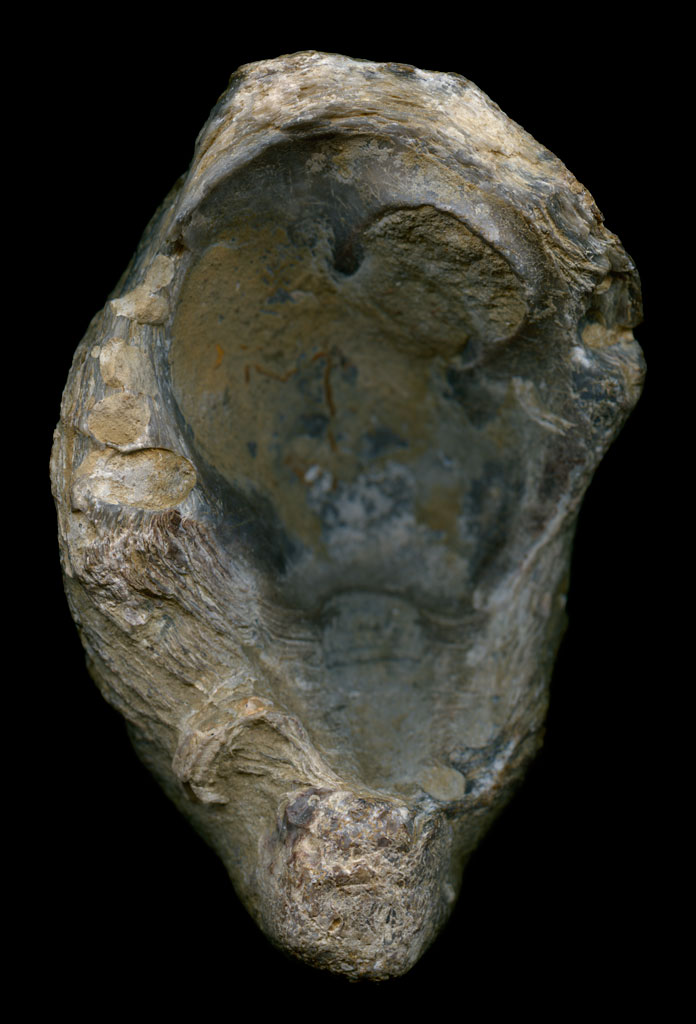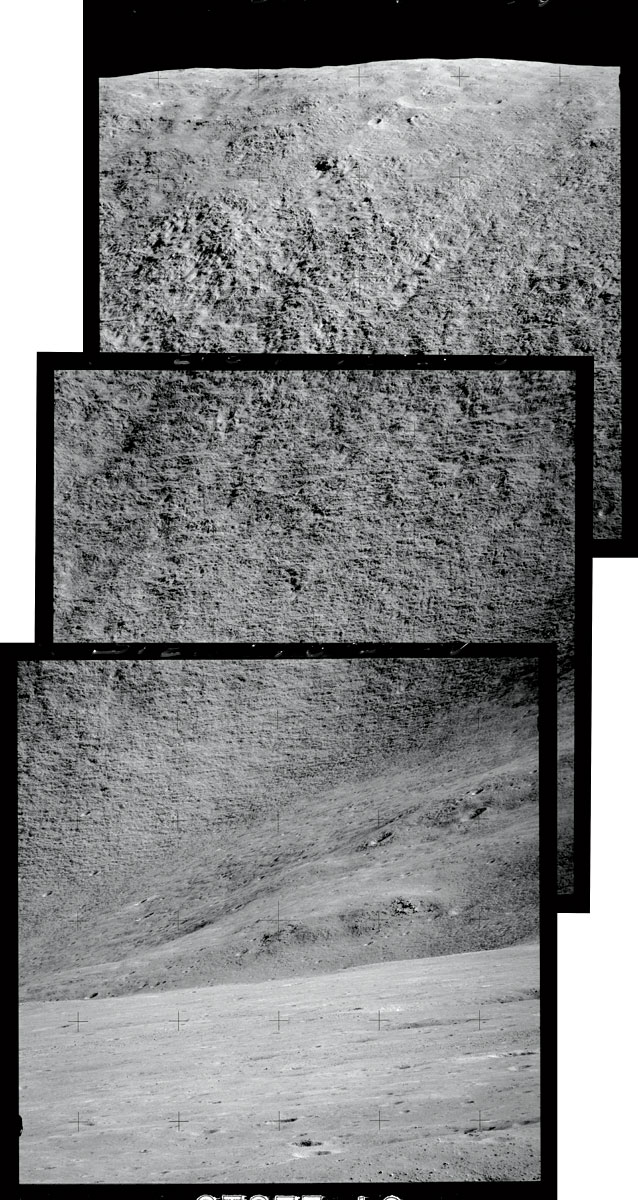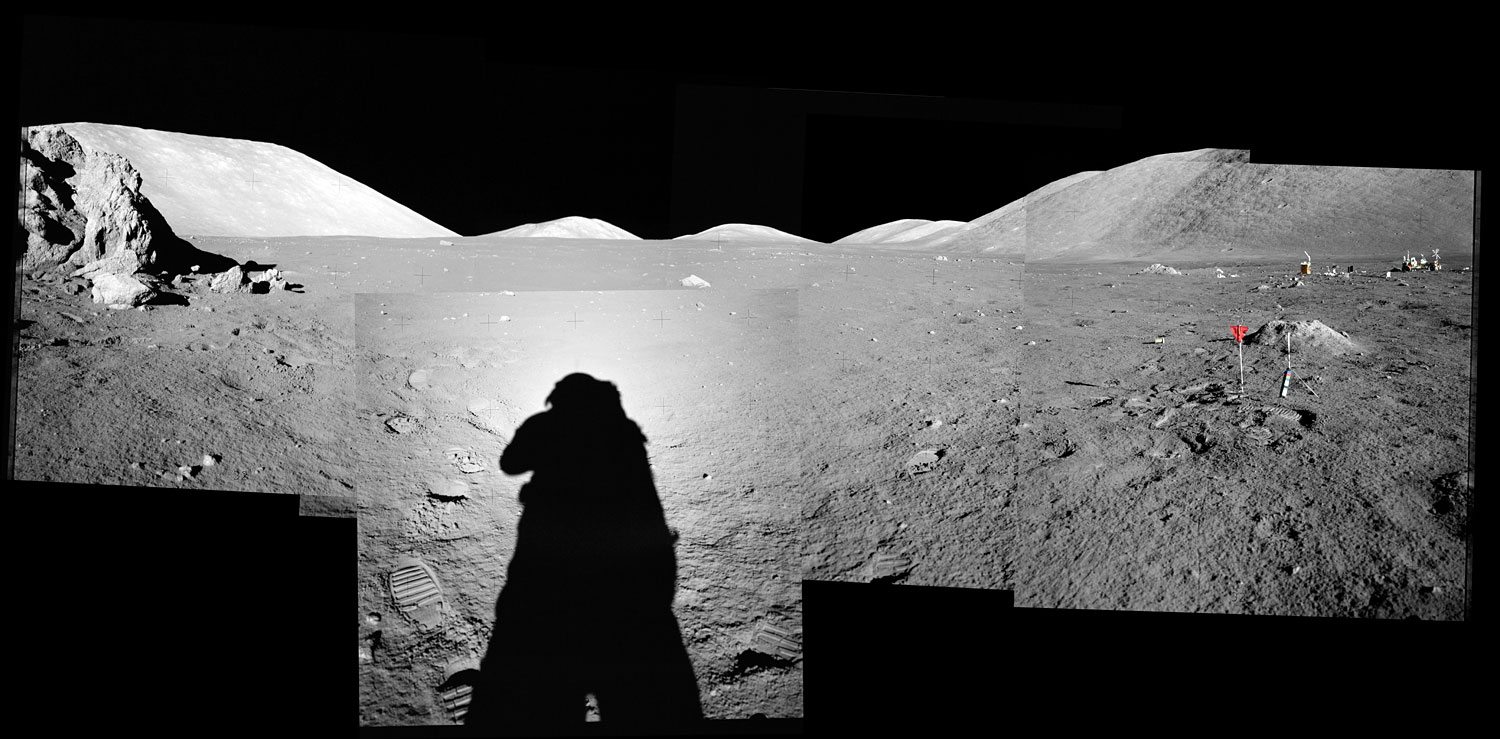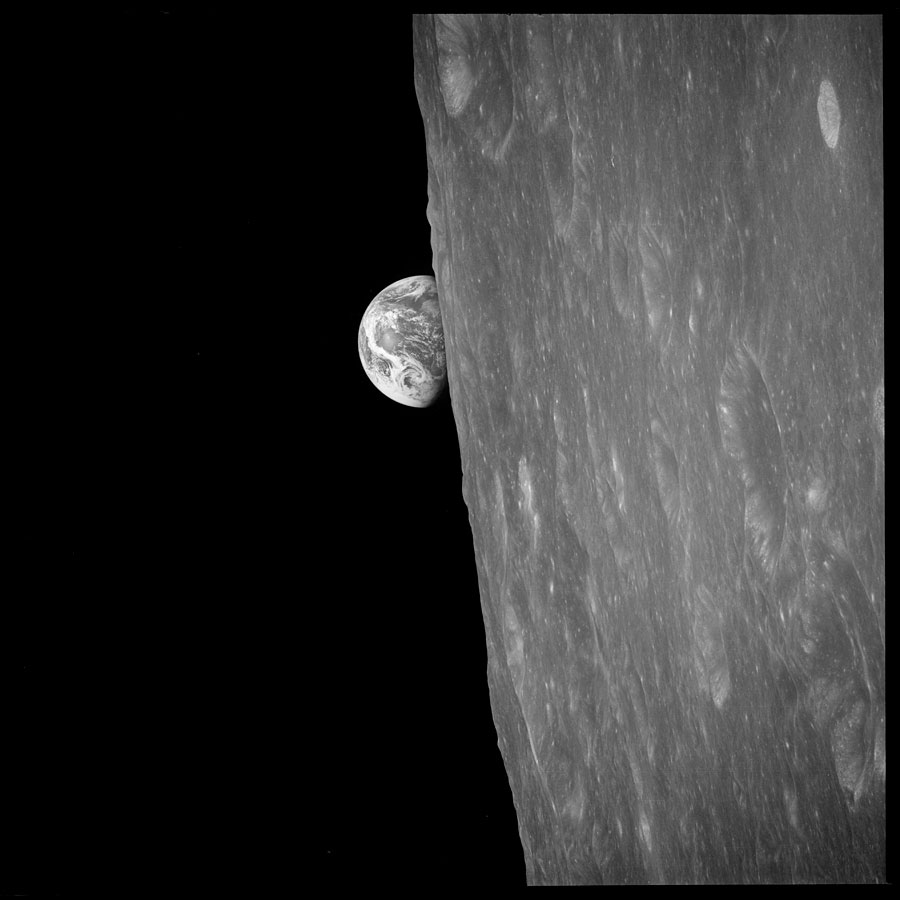 This “toenail” was found in a field in East Anglia in the United Kingdom. It was thought carrying one in your pocket could ease the pain of rheumatism. Since this is about 3 inches or 7.5 cm long, it would be a rather large charm.
This “toenail” was found in a field in East Anglia in the United Kingdom. It was thought carrying one in your pocket could ease the pain of rheumatism. Since this is about 3 inches or 7.5 cm long, it would be a rather large charm.
However, it really is not a toenail, one from the devil or any other creature. It is an extinct animal related to the oyster, known as Gryphaea. They lived in shallow waters during the Mesozoic period, about 250–65 million years ago. Click on the image for a larger view.




